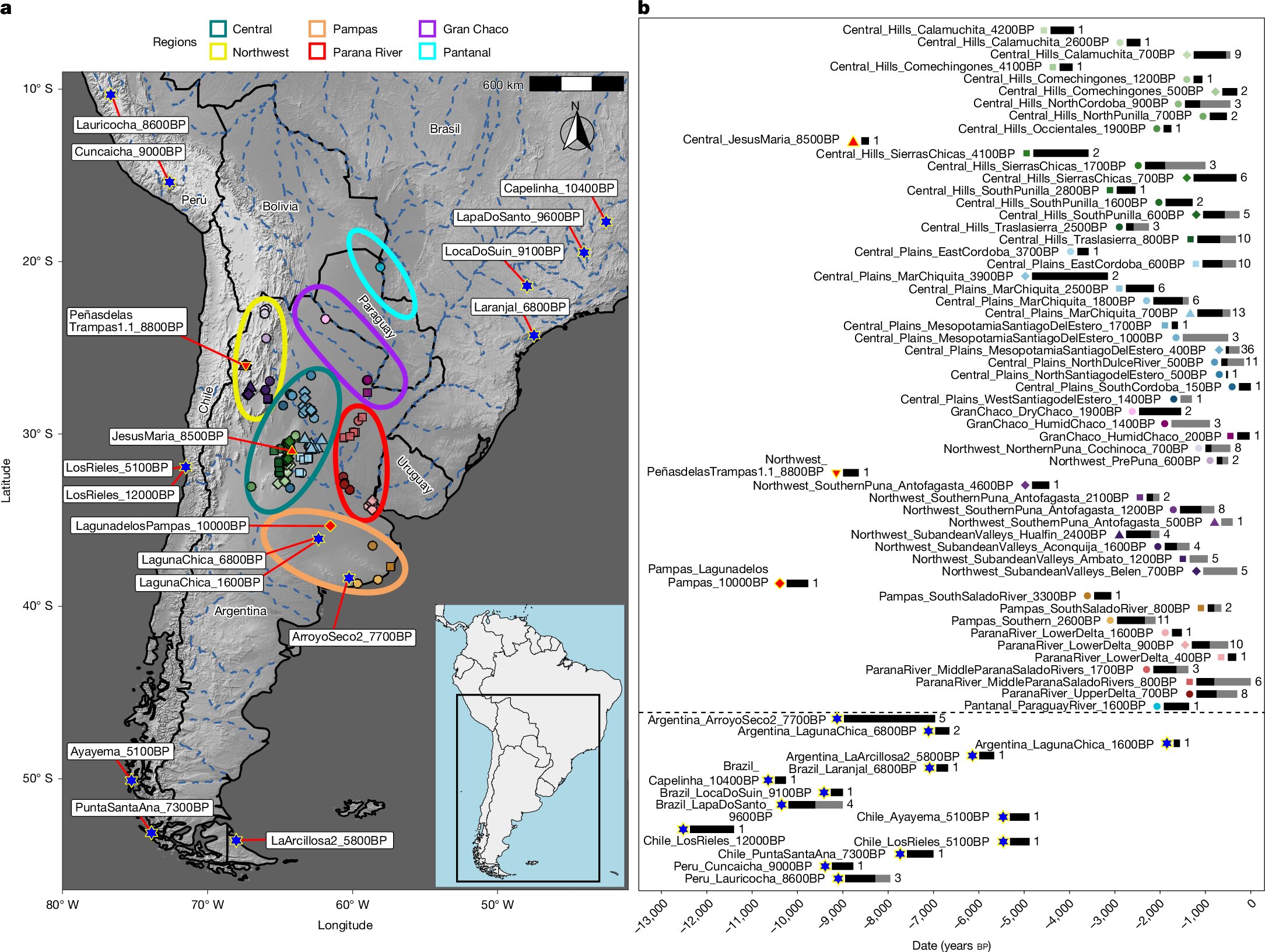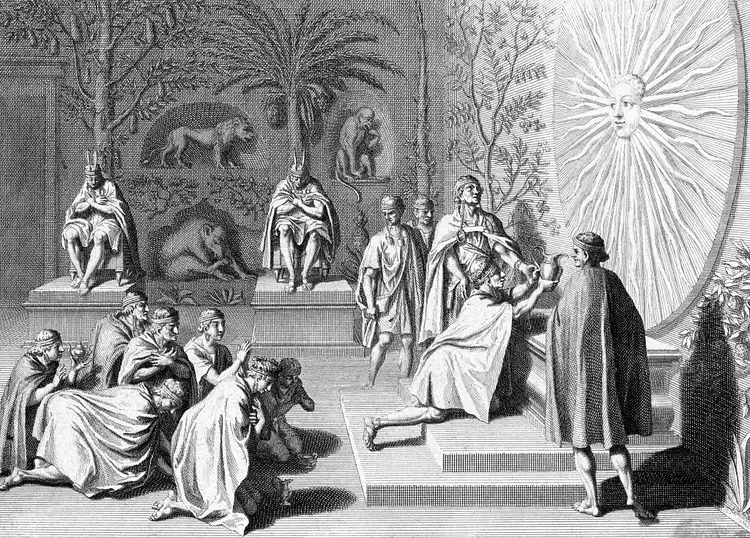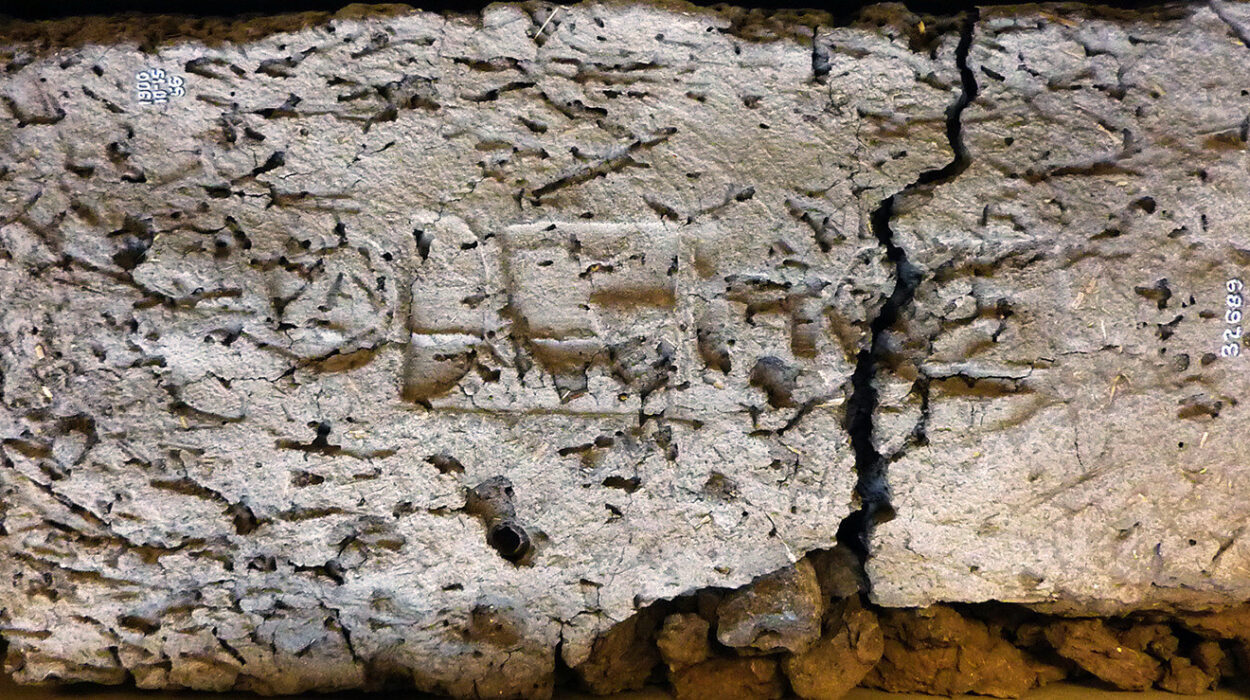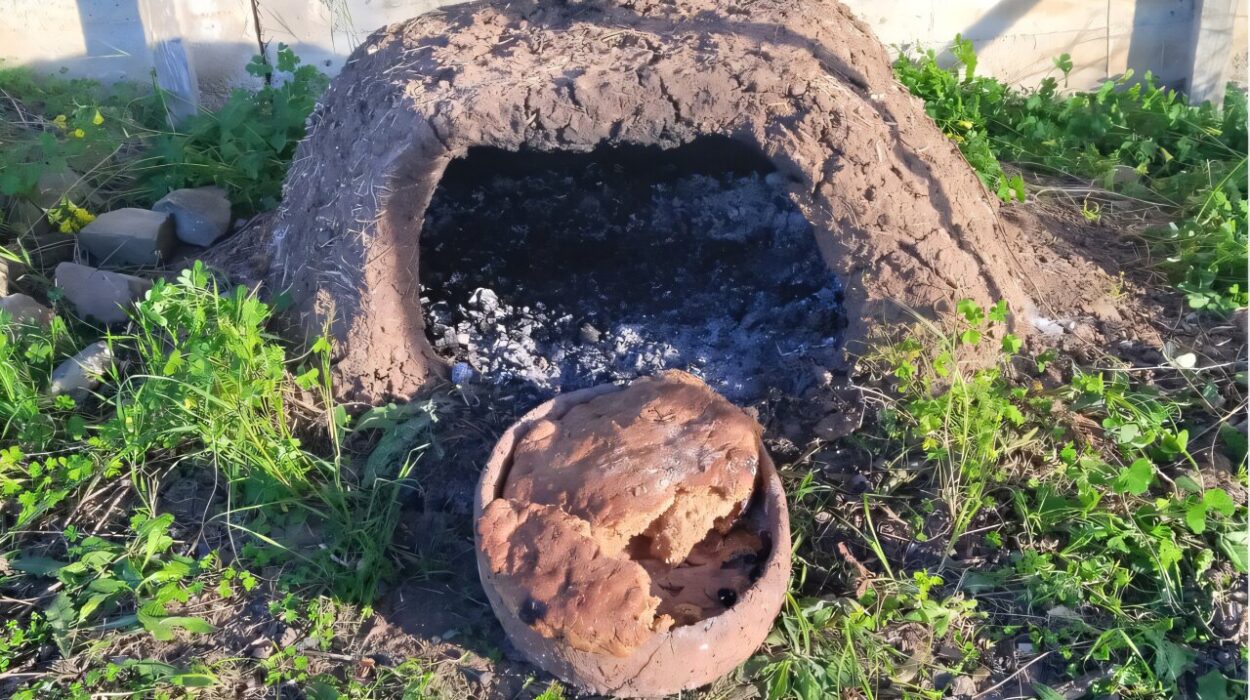In the heart of South America lies a region once thought to be among the last places on Earth where humans settled—the central Southern Cone. Stretching across much of what is now Argentina, from the Andean peaks in the west to the grassy Pampas and fertile river plains in the east, this landscape has long held secrets about humanity’s past. Though archaeological evidence suggested that people began inhabiting this area more than 12,000 years ago, a major gap remained in understanding who those people were and how their lineages shaped the genetic landscape of South America.
For years, scientists had only fragments of the story. Bones, tools, and rock art spoke of early communities that hunted, gathered, and eventually farmed in these rugged lands. Yet, without genetic data, much of their deeper ancestry was lost to time. That began to change when a team of researchers set out to illuminate the hidden history of this region through ancient DNA.
Unlocking the Past Through Ancient DNA
To uncover the origins of Argentina’s earliest inhabitants, a group of international scientists conducted one of the most comprehensive ancient DNA studies ever performed in the Southern Cone. Published in Nature, their research spanned an astonishing 10,000 years of human history.
The team examined 344 bone and tooth samples taken from 310 individuals who had lived in Argentina between 10,000 and 150 years ago. Through careful analysis, they were able to extract genome-wide data from 238 of these ancient individuals—a remarkable feat considering the challenges of recovering DNA from remains exposed to centuries of wind, sun, and soil.
Using a sophisticated process called single-nucleotide polymorphism (SNP) enrichment, they targeted over 1.2 million genetic markers. These were then compared to DNA from hundreds of previously studied ancient and pre-European contact Native American individuals, as well as data from present-day Indigenous populations. The goal was to trace the threads of ancestry that connect past and present, revealing how people moved, interacted, and survived across millennia.
The Discovery of a Lost Lineage
The most striking finding to emerge from this research was the identification of a previously unknown deep genetic lineage that had persisted in central Argentina for at least 8,500 years. This lineage, invisible to science until now, proved to be a missing piece in the complex puzzle of South American population history.
It appears that this group, distinct yet connected to other Indigenous lineages, survived through immense environmental changes—including long periods of drought that reshaped the landscape. Remarkably, traces of their DNA still exist in modern Argentinians today, linking the present directly to the distant past.
The study revealed that this central Argentina lineage was structured along two genetic gradients, or clines. One connected it to populations of the central Andes, while the other tied it to ancient peoples of the Pampas during the Middle Holocene, about 6,000 years ago. This pattern of gradual mixing over space and time reflects a history of both isolation and interaction—communities that remained rooted in their homeland but maintained contact with neighboring regions.
By around 800 years ago, this deep lineage had become the dominant ancestry in the Pampas region. Earlier still, about 3,300 years ago, the people of central Argentina had expanded southward, intermingling with other local groups. Evidence also suggests long-standing connections between these central Argentine populations and the highland societies of the Andes, stretching back nearly 4,600 years.
Filling the Gaps in South America’s Genetic Map
For decades, scientists studying the peopling of South America had focused on three major regions: the central Andes, the tropical lowlands (including the Amazon Basin), and the southern regions of Chile and Patagonia. But vast parts of the continent, including Argentina’s central plains, remained genetic blank spots.
This new research fills one of those critical gaps. It demonstrates that human settlement in South America was not a simple story of linear migration from north to south, but a complex web of movements, isolations, and exchanges across diverse landscapes.
The ancient people of the central Southern Cone were not merely travelers passing through—they were a population that established deep roots, developing unique genetic and cultural identities while maintaining subtle links with neighboring regions.
Continuity Across Millennia
What makes the discovery even more extraordinary is the evidence for long-term continuity. Despite environmental challenges and occasional interactions with other groups, the core population of central Argentina appears to have remained largely stable over thousands of years.
This continuity is rare in human history, where most populations are shaped by waves of migration and mixing. Yet here, genetic homogeneity persisted. This suggests that the people of this region lived in tightly knit communities that valued kinship and local identity.
Archaeological and linguistic evidence aligns with this idea. Multiple languages were spoken across Argentina in ancient times, yet genetic variation among groups was limited. Researchers believe that this paradox may be explained by social structures that emphasized family ties and cooperation.
The Ayllu System: A Social Network of Kinship
One particularly intriguing finding was evidence of increased close-kin unions in northwest Argentina—patterns that mirrored those seen in the central Andes. This may be linked to the ayllu system, a traditional Andean form of social and political organization built around extended family groups.
The ayllu was more than a kinship network; it was a way of life. Members of an ayllu shared land, labor, and resources, bound by mutual obligation and reciprocity. Marriages often occurred within the community, reinforcing unity and ensuring that resources stayed within the group.
The genetic data suggests that similar systems may have taken root in parts of Argentina, contributing to the persistence of genetic continuity over thousands of years. It paints a picture of societies that were both resilient and deeply interconnected—balancing cooperation with self-sufficiency in a challenging environment.
A Genetic Bridge Between Past and Present
The implications of this research reach far beyond genetics. For Indigenous communities in Argentina and across South America, these findings offer a tangible connection to their ancestors. The discovery of an enduring lineage that survived for 8,500 years affirms the depth and continuity of Indigenous heritage in the region.
It also reframes the story of human settlement in the Americas. Rather than being defined solely by great migrations or conquests, it becomes a story of persistence—of people who adapted to changing climates and environments, maintaining their identity through millennia.
The ancient DNA tells a human story written in our genes: one of endurance, adaptation, and belonging.
Reconstructing a Deeper History
The research team emphasizes that this is just the beginning. Many parts of Argentina and neighboring regions remain underrepresented in genetic studies. Each new discovery adds another piece to the grand mosaic of human history in South America.
Future studies, with more samples and more precise dating, will help scientists refine their understanding of how different groups interacted, merged, or diverged over time. As new technologies emerge, researchers may even be able to reconstruct migration routes and population sizes with unprecedented detail.
Still, this study marks a monumental step forward. By uncovering a lineage that had persisted unseen for nearly nine millennia, scientists have illuminated one of the last dark corners of human prehistory.
The Enduring Spirit of the Southern Cone
The winds that sweep across Argentina’s plains carry stories far older than any written record. They whisper of families who built their lives on these lands long before cities or nations existed, of generations that endured droughts and upheavals, yet held fast to their identity.
Thanks to the dedication of modern researchers, those stories are no longer lost to time. The discovery of the ancient Argentine lineage restores a missing chapter of humanity’s shared heritage. It reminds us that beneath our modern differences lies a deep and continuous thread of connection—to each other, to the land, and to the vast story of human survival.
In the soil and bones of the central Southern Cone, the past speaks again—not as a relic, but as a living echo of who we are and where we come from.
More information: Javier Maravall-López et al, Eight millennia of continuity of a previously unknown lineage in Argentina, Nature (2025). DOI: 10.1038/s41586-025-09731-3






